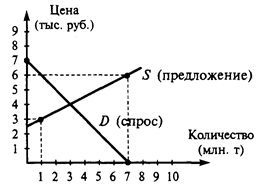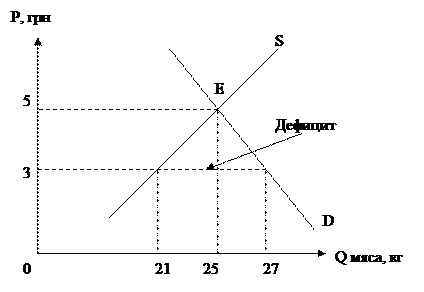Predication, its types and expression
Being grouped syntagmatically, words make up word-phrases which are used to form sentences, simple and composite, with features predetermined by the three aspects characteristic of a sentence as a syntactic speech unit: structural, semantic, functional. So the sentence is defined as an immediate integral unit of speech built up of words according to a definite syntactic pattern and distinguished by a meaning and contextually relevant communicate purpose. The principal distinguishing features characterize the sentence as the main language unit; the main syntactic unit; the main integral communicative unit of speech. Unlike word-groups, sentences are distinguished by some peculiar properties such as: an intonation contour, predication, modality, a relative sense completion. A sentence as product of human thought is essentially aimed to describe a situation of objective reality, represented as subject-predicate structure, called proposition; the link between subject and predicate is regarded as predication. To put it the other way, predication tends to be defined as act of relating a number of notions expressed by constituents of a sentence in order to describe a situation, an event. Predication is based on the following: · the time correlation of the act of speech with the event nominated in the sentence which is grammatically expressed by the category of tense; · the speaker’s relation to other persons or things mentioned in the sentence, which is grammatically expressed by the categories of person and number; · the speaker’s attitude to the event from the viewpoint of reality, which is grammatically expressed by the category of mood. Proceeding from the above principles, it must be admitted that with the help of its word-constituents the sentence, a predicative utterance – unit, presents some referents as making up a certain situational event showing the time of its occurrence, its being real or unreal, desirable or undesirable, necessary or unnecessary. Hence, the sentence is understood as a predicative entity naming a situation presented in a sentence structure by its predicative centre with the position of subject group and predicate group, connected syntactically with the help of predicative relations. It follows that there are basic patterns, in accordance with which sentences are built, and which are generated on the predication being of four types: · double headed predication, with subject and predicate formally expressed as forming structural type of a two-member sentence; · single headed predication, with either subject or predicate missing, as forming structural type of a one-member sentence: e.g. Open the door. How amazing! Nice meeting. Pretty good. Incredible! · explicit predication creating the predicative line of explicitly expressed positions of subject and predicate; · implicit predication creating the predicative line of implied positions of subject and predicate inferred through possible transformations inside. For instance, gerundial complexes, objective and subjective infinitival/participial constructions in the sentences: He is said to be doing well at school. She denied having made mistakes. We got lost not knowing the address. Implicit predication is observed in the so called quasi-sentences or one-word sentences. They are used to perform a certain speech-communicative function and exist as: short responses to inquiry: e.g. A real beauty? – Yes, indeed. Do you agree? – All right; expressing negation by negative particle ‘not, no, not yet, not at all’: e.g. Have you got a cigarette? – No. You don’t mind if I do? – Of course, not; conveying question, inquiry, doubt, request, greeting, excuse and expressed by separate components and phrases: e.g. Are you tired? – No. Why? I congratulate you. – Thank you. Eh? Her voice trembled. ‘Well?’ How do you do?
|




